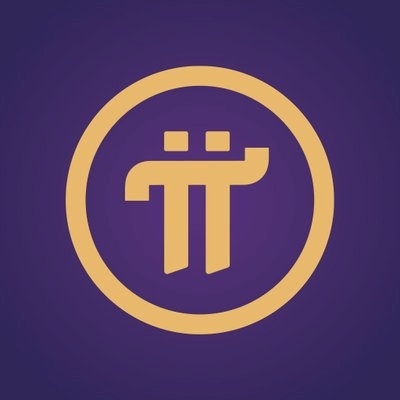What is L1 and L2 Crypto: Explained in Detail

Cryptocurrencies have become increasingly popular over the past decade, with more and more people investing in digital assets. However, not everyone is familiar with the technical aspects of cryptocurrency, including the concept of L1 and L2 crypto layers. In this article, we will explain what L1 and L2 crypto are, how they differ from each other, and how they are used in the world of Blockchain technology.
Understanding L1 Crypto
L1 crypto refers to the base layer of blockchain networks, where the main cryptocurrency transactions take place. Bitcoin and Ethereum are examples of L1 crypto, as they operate on their respective blockchain networks with no additional layers on top. The primary function of L1 crypto is to validate transactions and secure the network through consensus mechanisms like Proof of Work (PoW) or Proof of Stake (PoS).
Characteristics of L1 Crypto
One of the key characteristics of L1 crypto is its high level of security, as all transactions are recorded on the main blockchain. This makes it difficult for hackers to manipulate the network, providing a sense of trust and transparency for users. Additionally, L1 crypto tends to have slower transaction speeds and higher fees compared to L2 solutions.
Introducing L2 Crypto
L2 crypto, on the other hand, refers to layer two solutions built on top of L1 blockchain networks. These solutions are designed to improve scalability, speed, and cost-effectiveness of transactions. Examples of L2 crypto include payment channels like the Lightning Network for Bitcoin and sidechains like Polygon for Ethereum.
Advantages of L2 Crypto
One of the main advantages of L2 crypto is its ability to significantly increase transaction speeds and reduce fees. By moving transactions off the main blockchain and onto a secondary layer, L2 solutions can process a higher volume of transactions at a fraction of the cost. This scalability is crucial for mass adoption of cryptocurrencies in everyday transactions.
L1 vs. L2 Crypto: Key Differences
The main difference between L1 and L2 crypto lies in their approach to scalability and transaction speeds. While L1 crypto focuses on maintaining a secure base layer, L2 crypto aims to enhance the efficiency of transactions through off-chain solutions. Both layers play a crucial role in the overall ecosystem of blockchain technology, offering unique benefits for users and developers.
Conclusion
L1 and L2 crypto layers serve different purposes in the world of blockchain technology. L1 provides a secure foundation for primary transactions, while L2 offers solutions for improving scalability and reducing fees. Understanding the differences between L1 and L2 crypto is essential for navigating the complex world of cryptocurrencies and decentralized finance.
If you are interested in learning more about how L1 and L2 crypto work, be sure to stay updated with the latest developments in the blockchain industry. With the growing popularity of digital assets, knowing the ins and outs of cryptocurrency layers can help you make informed investment decisions and stay ahead of the curve.
Related articles
Latest articles
See more























